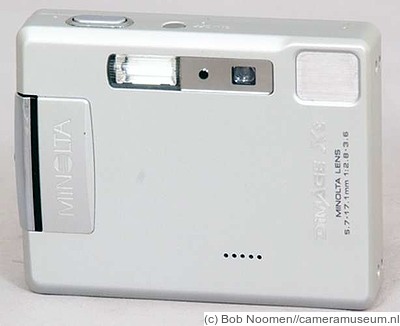


In terms of image quality, the Z3 produces excellent shots. Shutter speeds of 15-1/1000sec plus Bulb (up to a maximum, 30-second exposure) offer a nice range, with the Bulb mode particularly interesting at this level digicam. Sensitivity is slightly limiting, running from an ISO minimum of 50 to a maximum of ISO 400. Images are stored on SD/MMC removable memory onto which short, TV quality 640x480 30fps movie clips can also be recorded. These can also be selected manually, directly from the top plate mode dial. It has four such modes, including portrait, landscape, sports and sunset modes. The Z3 competes against Panasonic's DMC-FZ10 (an (optically) stabilised 10x zoom digicam) and features a full set of manual controls and auto modes that make this camera ideal for the ‘snapping' fraternity and the more advanced user needing to get that bit more from their camera.Īuto modes include the Automatic Digital Subject Program Selection: a system where the camera can tell from the scene you're about to shoot, the ideal setting to use… and then activates it for you. This neat bit of kit quickly adjusts the position of the sensor to compensate for the subtle shaking of the user, particularly irksome at some of the longer focal lengths on offer in this camera, which can blur your photos. An essential gadget for any long zoom digital camera is an anti shake system and the Z3 uses a stabilised 4MP CCD.

The Z3 marks the top end of the Konica Minolta Z series cameras, boosting the 10x optical zoom lens of its predecessor, the Z2's with a new, 12x 35-420mm (35mm film equiv') optical zoom lens. (Pocket-lint) - If you're after a digital camera that will allow you to catch the action from afar, then the Z3 hopes to do just the job, but can a digital camera with built in optical lens really bring those far away objects up close? We took it down to the London Eye to see how much zoom we could get.


 0 kommentar(er)
0 kommentar(er)
